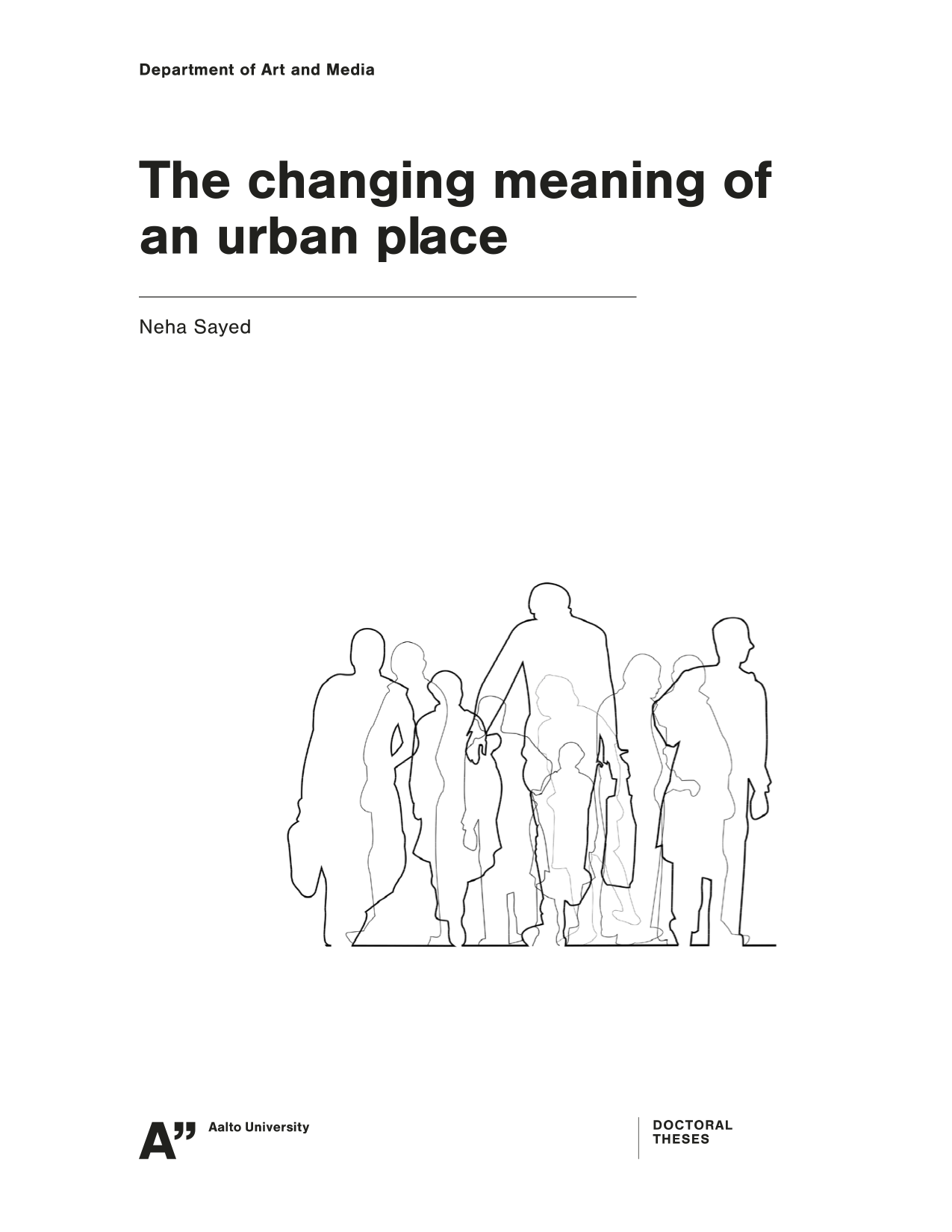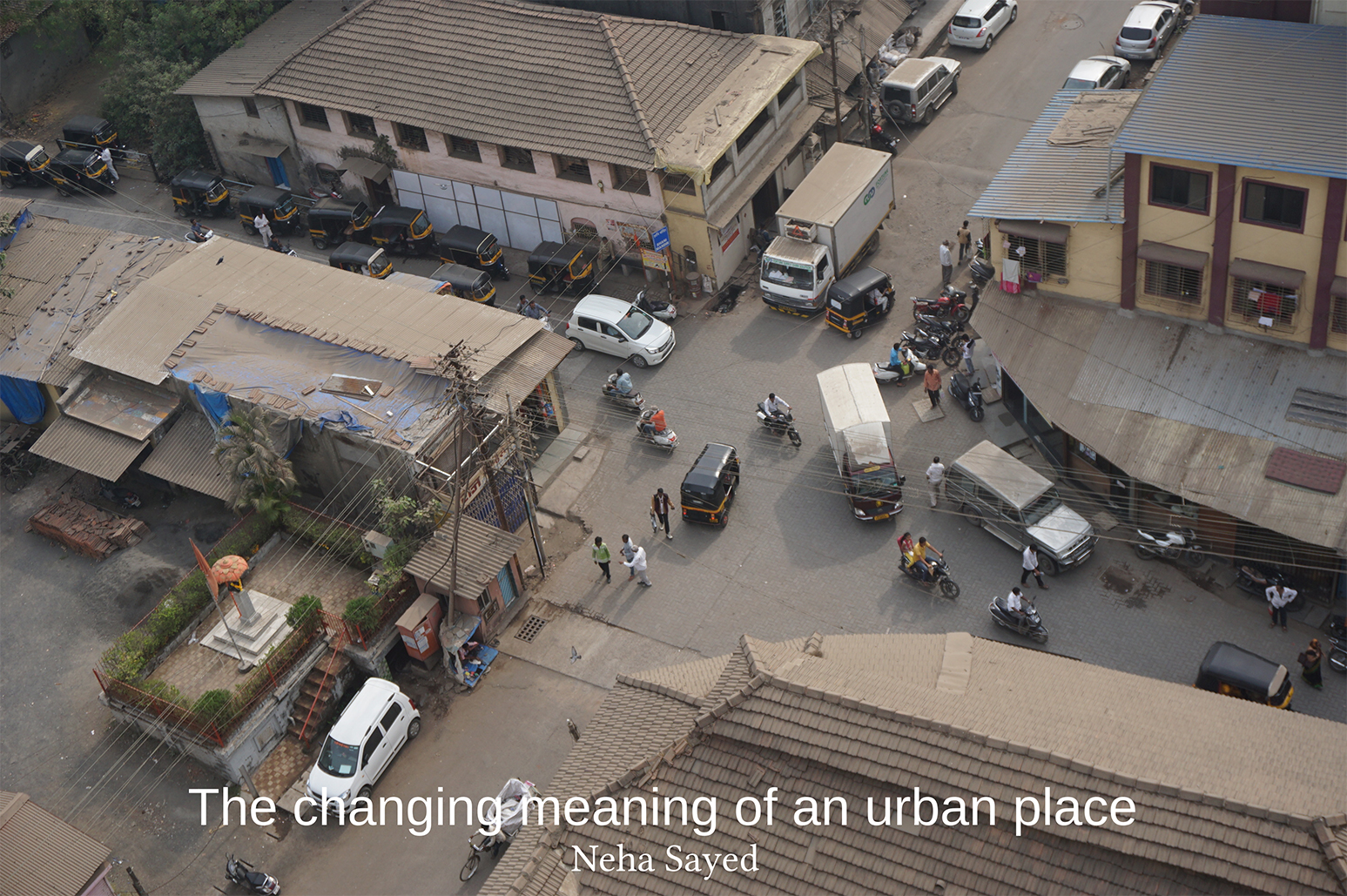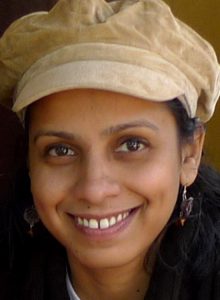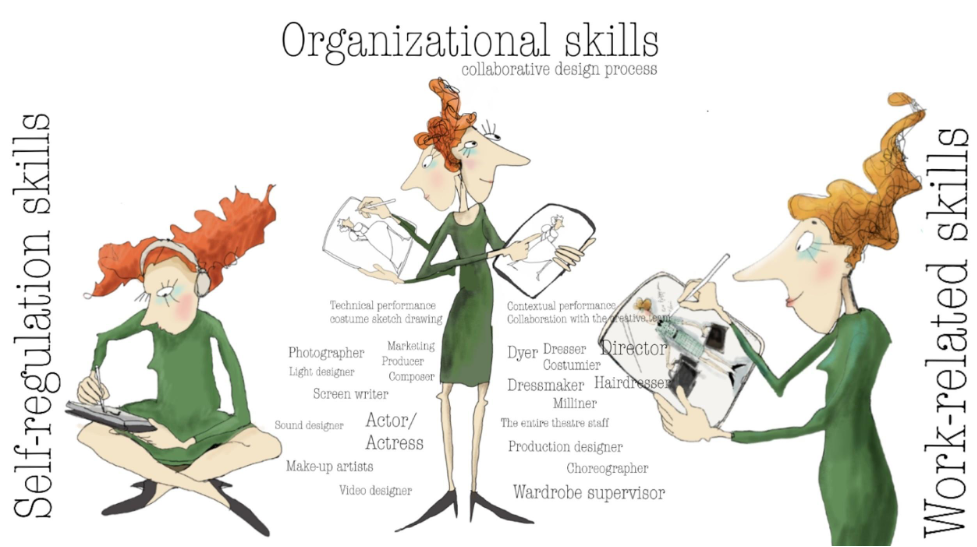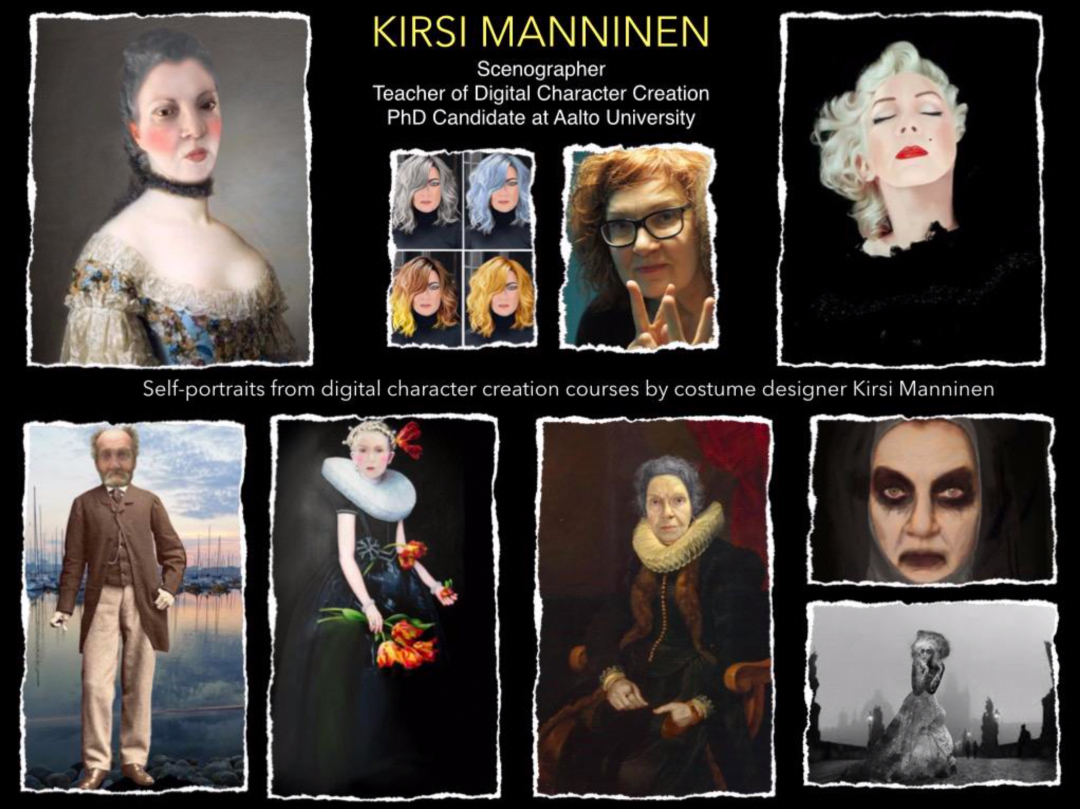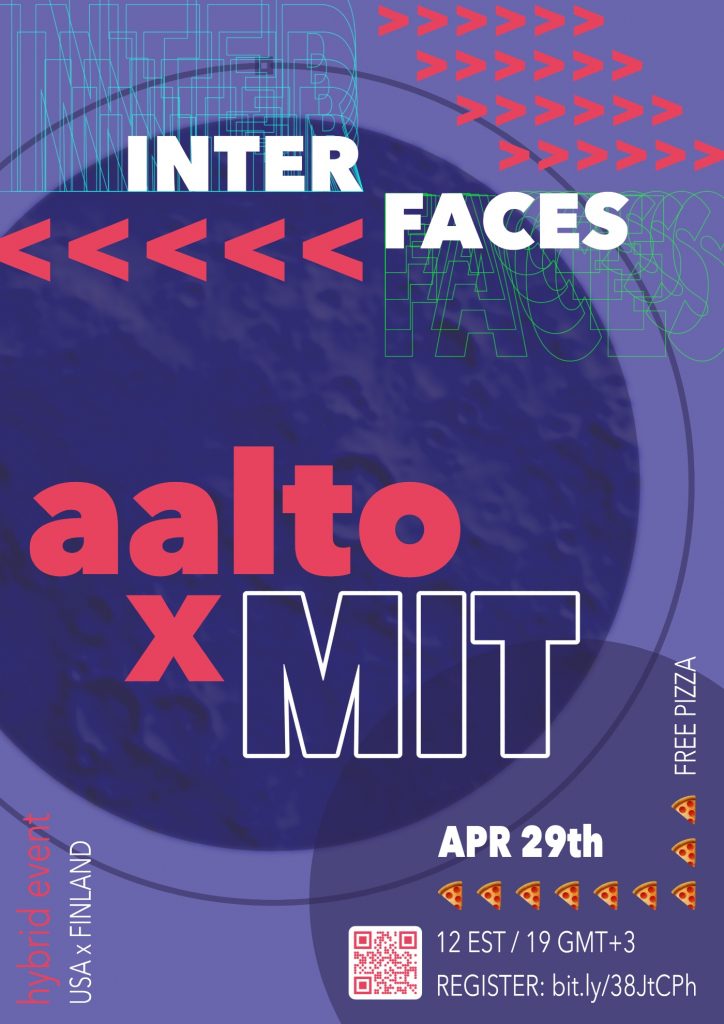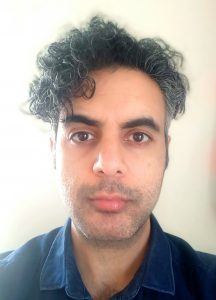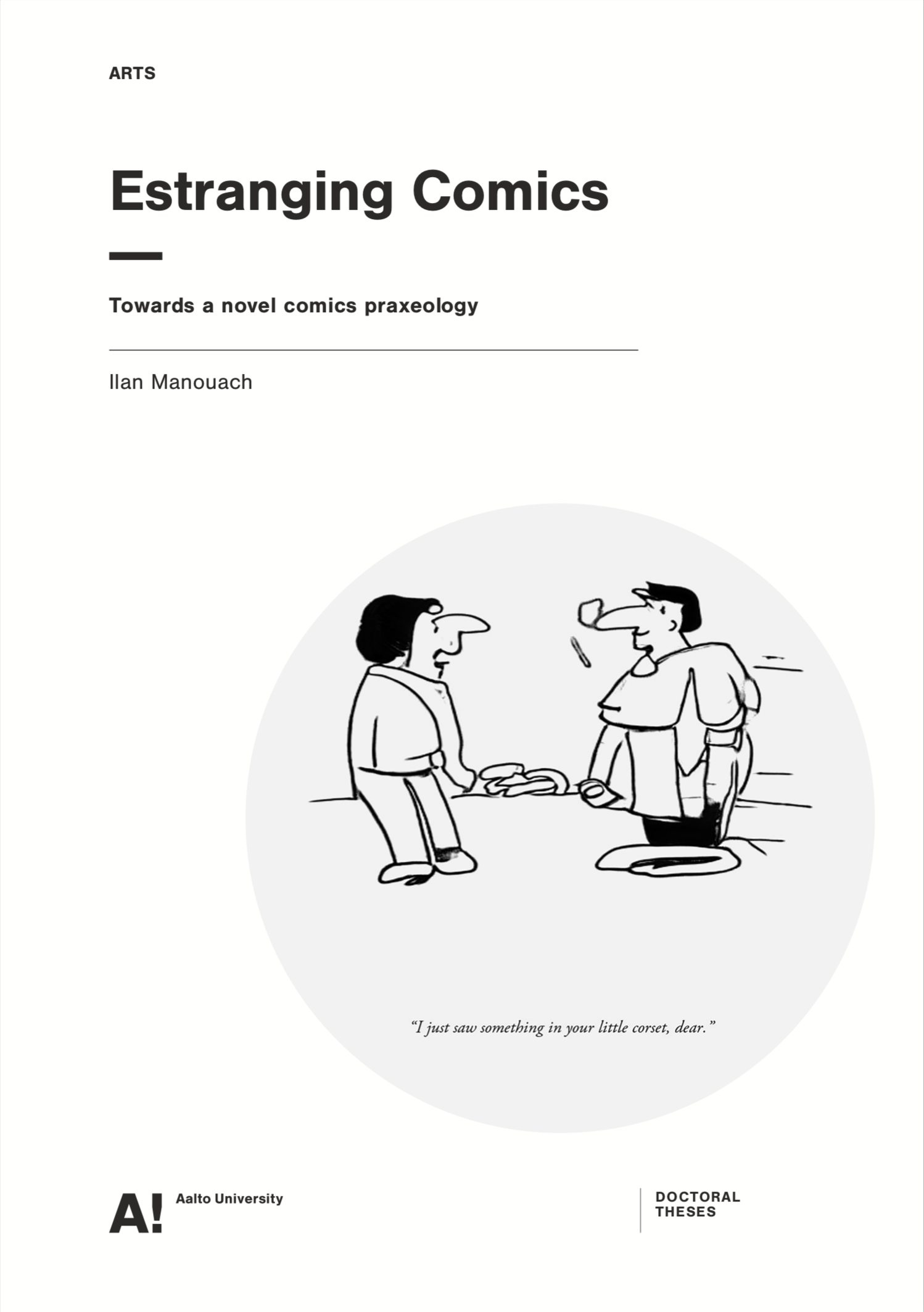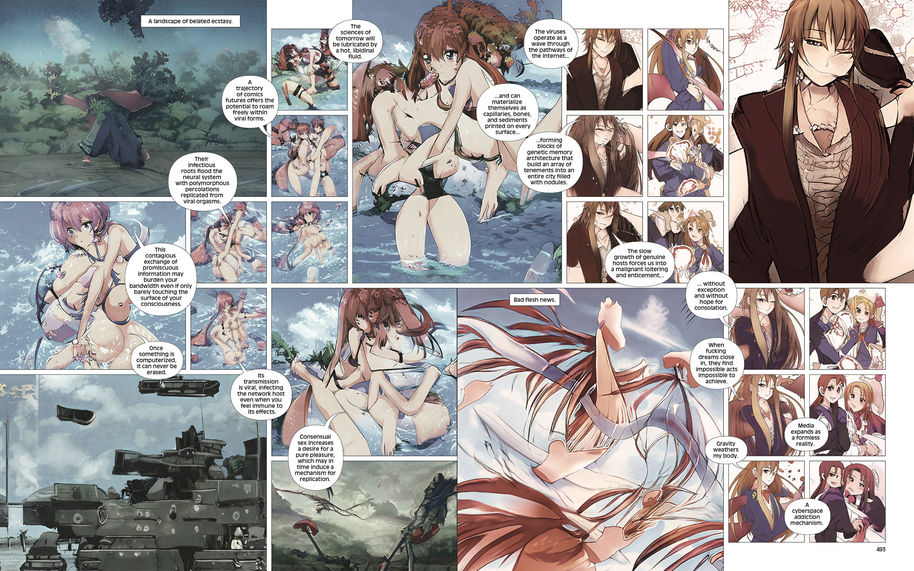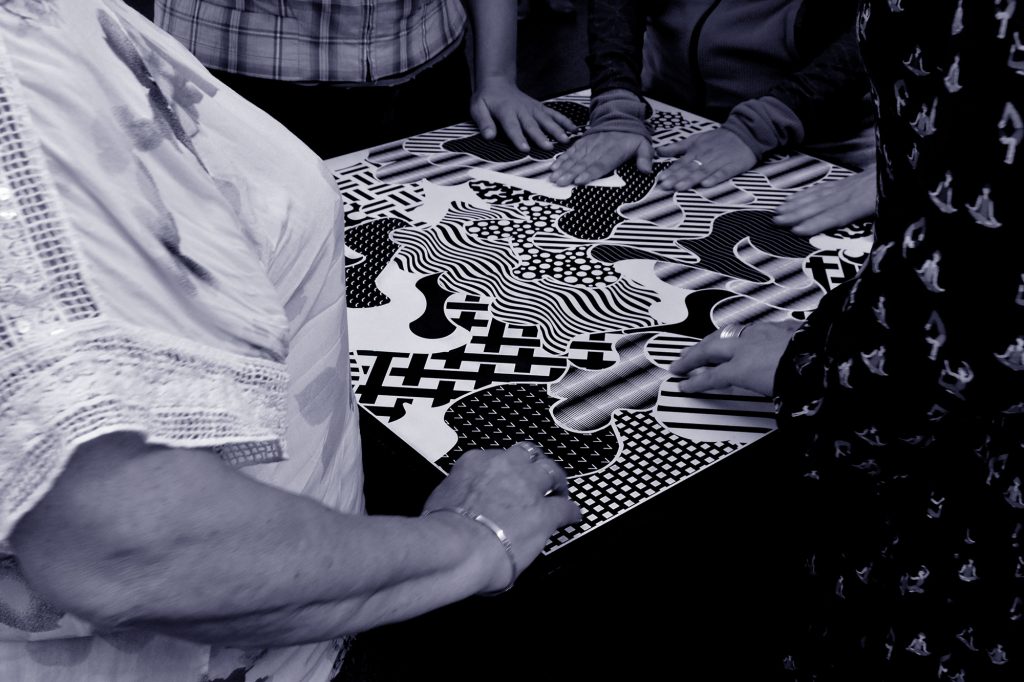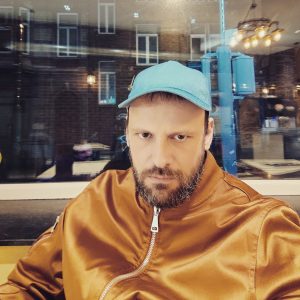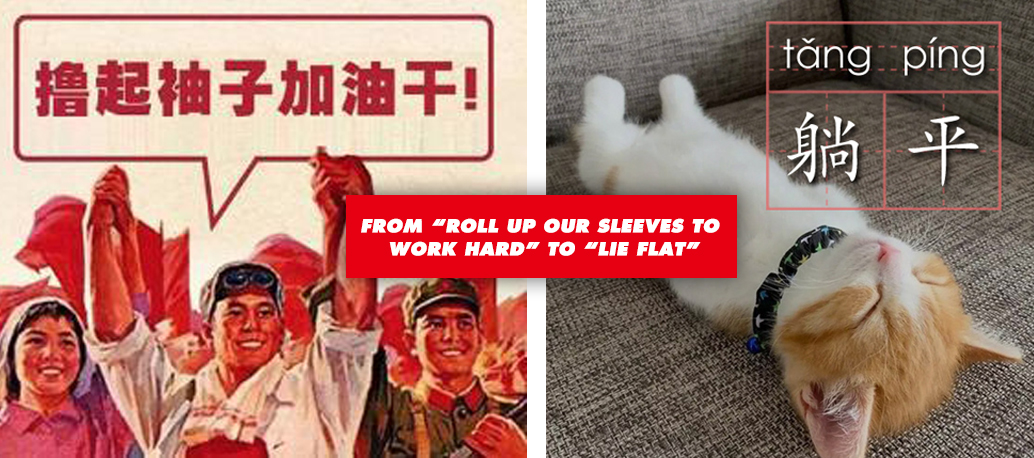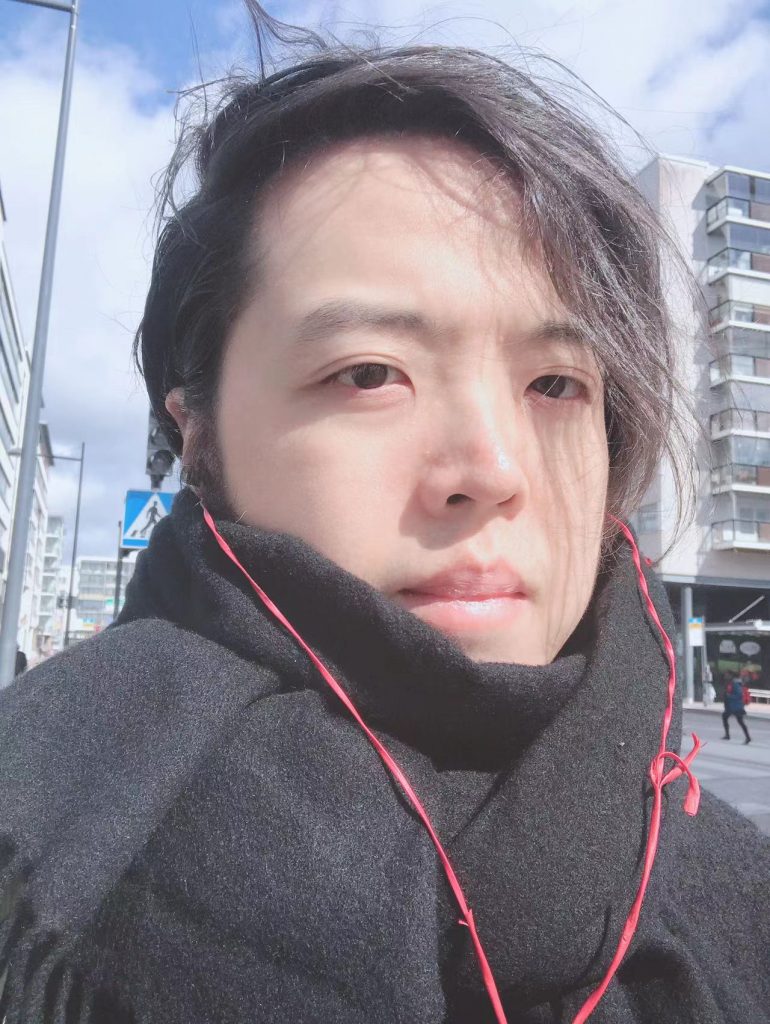Please see below for the information regarding upcoming Doctoral Seminar Presentations:
Presenter: Qifeng Yan
Opponent: Wang Wei, School of Design, Hunan University
Date: 01.03.2022
Time: 15:00-17:00
Zoom Link: https://aalto.zoom.us/j/69148947205
Title: Designing a Culture
Abstract:
After identifying technology preferences and value orientations in different cultures from a series of user studies, this research tries to form a theoretical base for understanding cultural shift and design for existing and emerging cultures. This dissertation also explores what kinds of new mindsets, design methodologies and strategies would be needed for designers in technology boom era.
To better understand design related cultural differences, the author visited 93 countries across the world during his doctoral study to run cross-cultural design and research projects and observe the ways how local people interact with technologies and how to create objects and services and what are the cultural hints behind them. Articles about 5 research projects are introduced in this dissertation as follow:
Remote mobile testing and interview based on Smartphone360 tool. This research tool can be regarded as a software tracking all mobile phone usage data in real life with good privacy control.
Practices and user studies in a Chinese style keypad design and a hybrid text input method design.
Mobile internet content consumption data mining. Based on the content consumption statistics for the English and the Chinese websites of a mobile widget content service with 20 million registered users
Practices and user studies in designing an edutainment robot combining Chinese traditional culture and AI technologies.
Practices and user studies in designing a Tibetan Buddism religion service system with devices and services integrated.
User studies of acceptance of a series of design concepts of nano technology based wearable devices by users in Beijing, Helsinki and Palo-alto.
Most of the above research projects are based on mass production products and commercial internet services. And some of them have been implemented into mass market products and services. This research tries to suggest an efficient and sustainable strategy for developing user experiences for different cultures in technology boom context. It is found that cultural templates and special versioning tools might be a cost-effective and feasible way. A culture-sensitive user interface may be also an answer. Above research provides practical guidelines and propose more cultural dimensions for quickly understanding local users and designing cross-cultural mobile services. The author is running a service robot innovation company and implements several robot R&D projects for different cultures. As a summary, this dissertation suggest a new model to understand cultures in the future and a new design paradigm shift might happen in the AI technology boom era.
Different from iceberg, river and onion metaphor of culture, To better understand international cultural differences in AI technology boom context, in which all kinds of new creatures by AI technologies are defined as AI-being, a new cultural metaphor or water network is proposed in this dissertation. In the water network metaphor, the cultures of human beings are original water networks where rivers are flowing and mixing. And the cultures of AI beings are like new canals which connect revers across the whole water networks. This provides a possibility to design a culture around a product of service instead of adapting to the existing culture.
Through a series of research, this dissertation proposes that in the mixed society of humans, robots, cyborgs and other AI beings in the coming future. This research proposes that another design paradigm shift from human-centered design to culture-centered design is coming. The design process would evolve from analysis of the relationship with people and products to the relationship among people, and then to the relationship between people and AI in the future. Since humans are building relationships with AI beings, which are now sentient beings if powered with AI algorithms.
Possible contribution of this work to design is to develop new cultural knowledge and tries to form a culture design methodology that enables designers to build that knowledge into their designs. Culture would be designed and formed by all the sentient beings including humans and AI beings, and culture itself might hereby become the core in the design process.
Bio:
Qifeng Yan, Entrepreneur of an smart health and robot start-up, Visiting Professor of in Southern University of Science and Technology. Qifeng has trans-cultural experiences in design. After working as principle designer in Nokia Design Helsinki for 7 years, he was expatriated to Shenzhen, China to set up a design-driven Nokia Research Center on 2010. In 2013, he initiated Media Lab (Shenzhen), Hunan University and act as Director. He is a winner of Red dot Best of the Best, IDEA and other design awards. was awarded as“2008 China’s Top 10 Young Designer Award” . Qifeng’s research interests are Smart sports and health, UX design for cultural differences. And He got B.Sc. and MA with honor in Industrial Design from Hunan Univ. He has more than 20 international invention Patents granted and he is the winner of 1st Award of “China’s Standardization Contribution Awards” for his contribution in IEEE11072 international standards in personal smart health.
Wang Wei: http://design.hnu.edu.cn/info/1114/6863.htm

